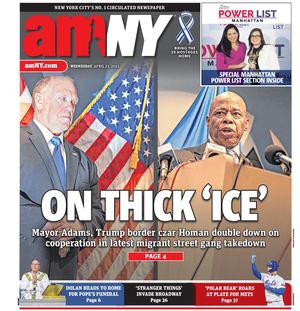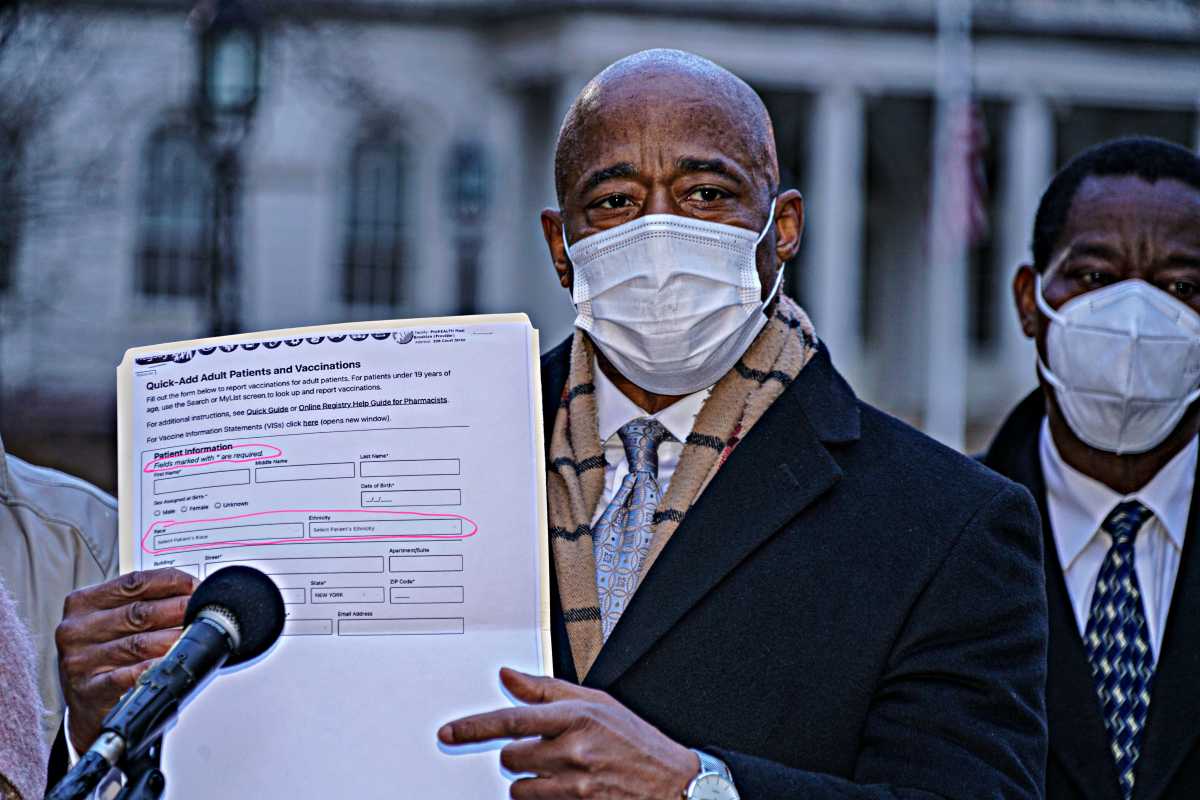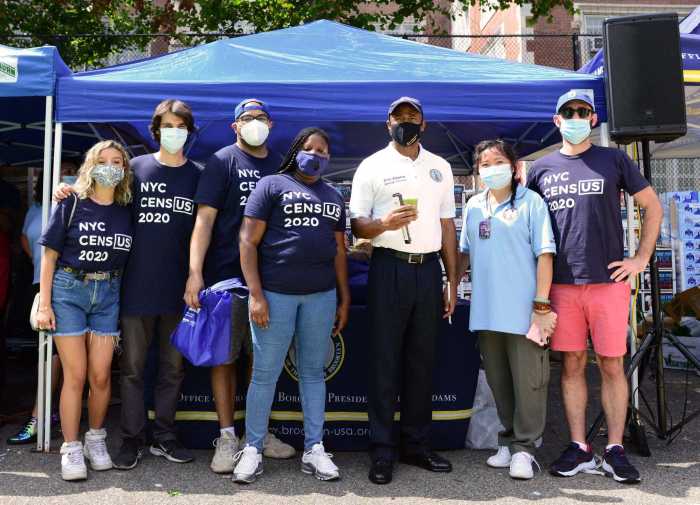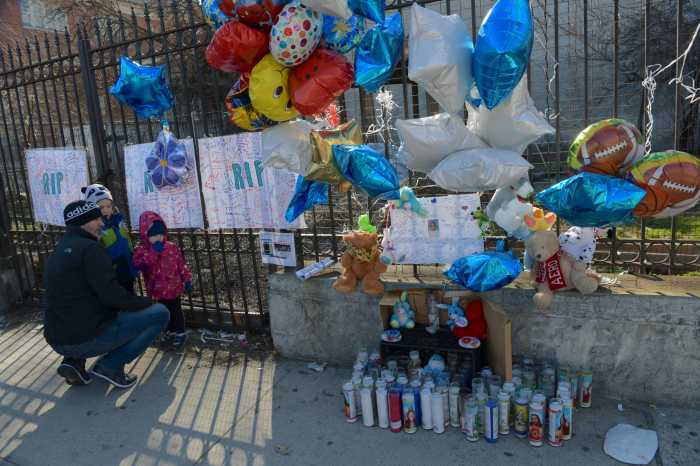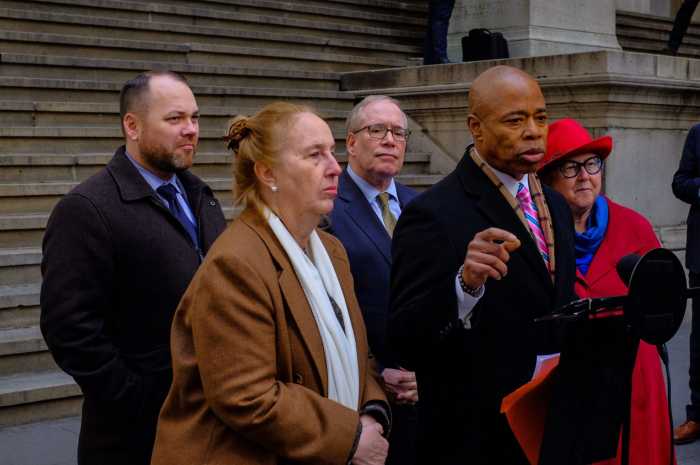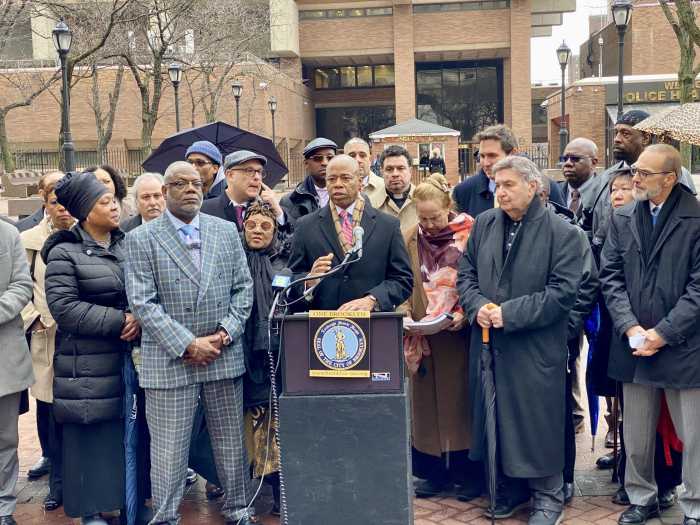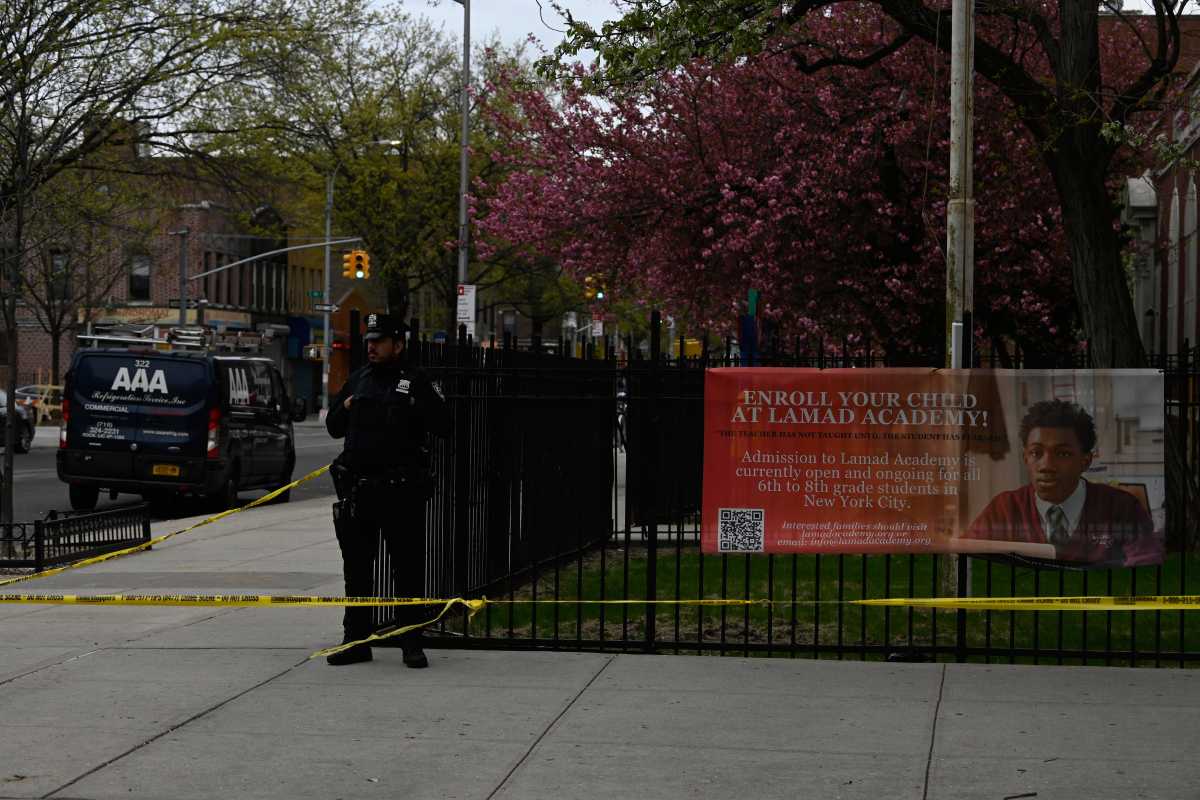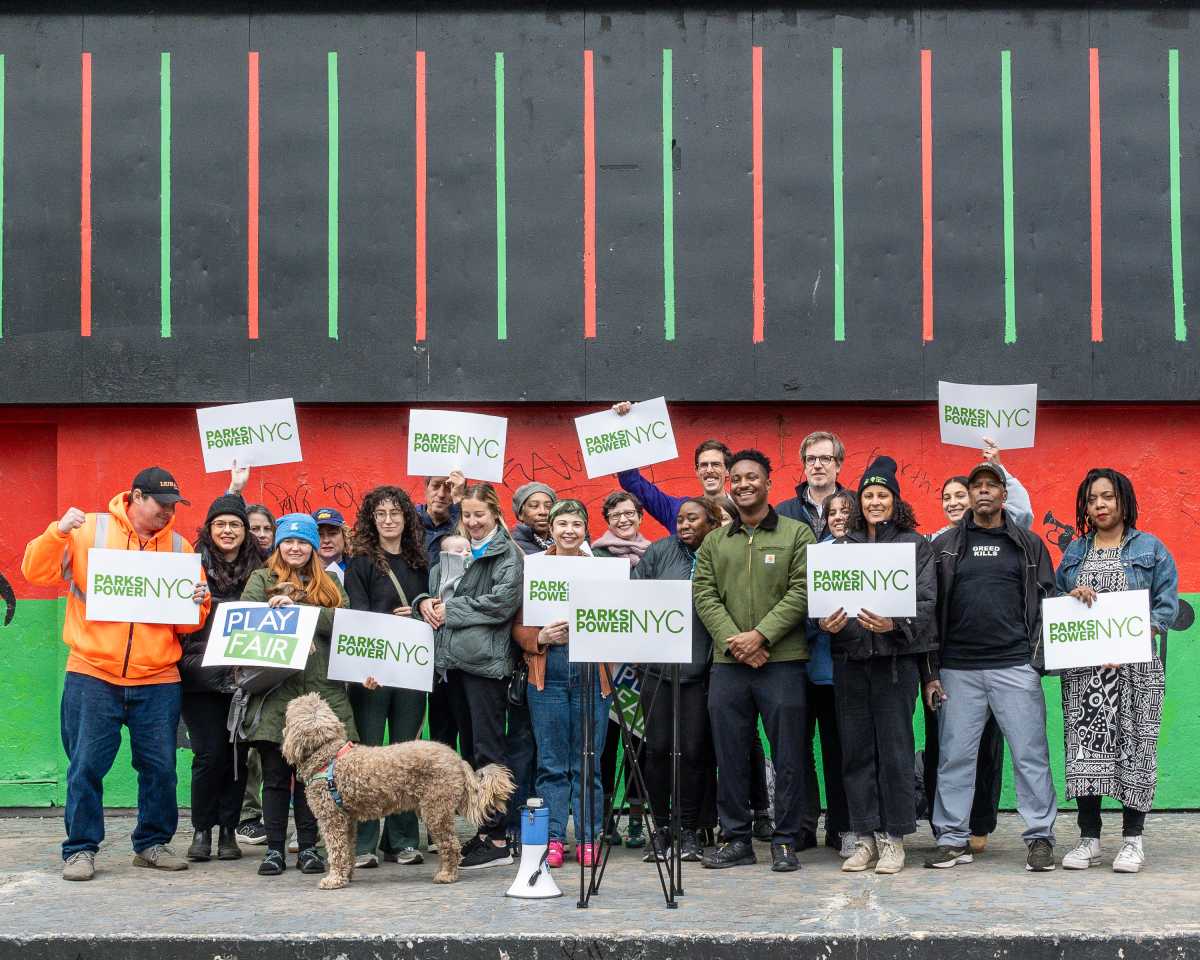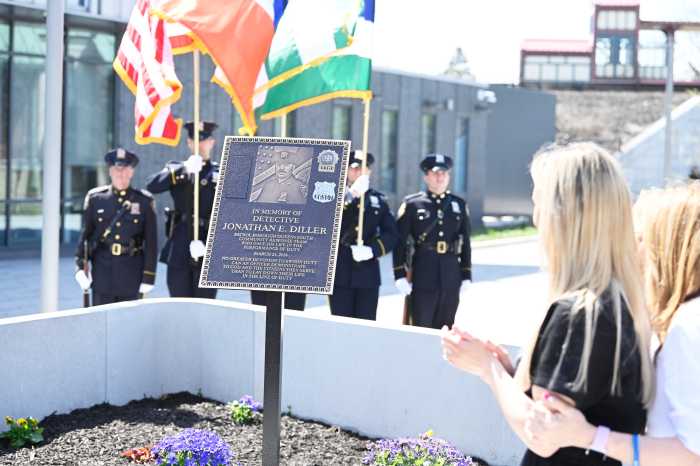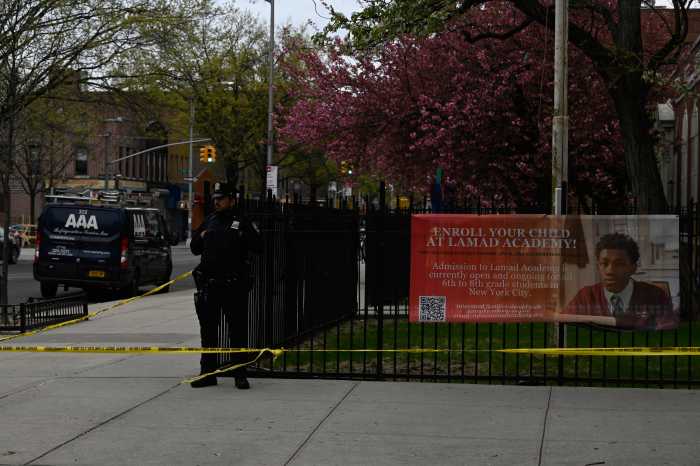Borough President Eric Adams is demanding the City and State create equitable racial distribution of vaccines with real-time data reporting systems.
On January 10th, Brooklyn Borough President Eric Adams, City Council Member and Black, Latino and Asian Caucus Co-Chair Daneek Miller, and other elected officials gathered at City Hall to push for a real-time vaccination tracking system, ensuring that high-risk individuals and communities of color receive doses.
Currently, New York City has been given about 489,325 doses of COVID vaccines, but only approximately 160,949 residents have been vaccinated.
“We are in a race against time to achieve herd immunity and beat back this virus,” Adams said, putting forth his plan of tracking. He added that the current dispersal of the vaccination needs to be higher. “[Right now, it’s] only 34% and that is unacceptable, which was lower than the state average. We have to do a better job,” Adams said, urging for the city to speed up the process while also applying the criteria to those in high-risk areas and industries.
Studies have found that black, brown, and low-income communities have been the hardest hit by the pandemic. Borough President Eric Adams and other elected officials believe that the disparities are a reflection of a problem that has long-existed before COVID-19, but also issues that been exacerbated by the disease.
“COVID does not discriminate but our policies have, and we have to stop it from happening,” Adams said.
Adams shared that mistakes were made with the testing and tracing sites, which he believes should have been more accessible and instilled in these high-risk areas.
“We did not monitor the testing in real-time and we learned late that the community of colors and economically challenged communities were not receiving the proper amount of testing. If we don’t inspect what we expect, it’s all suspect,” Adams said adamantly.
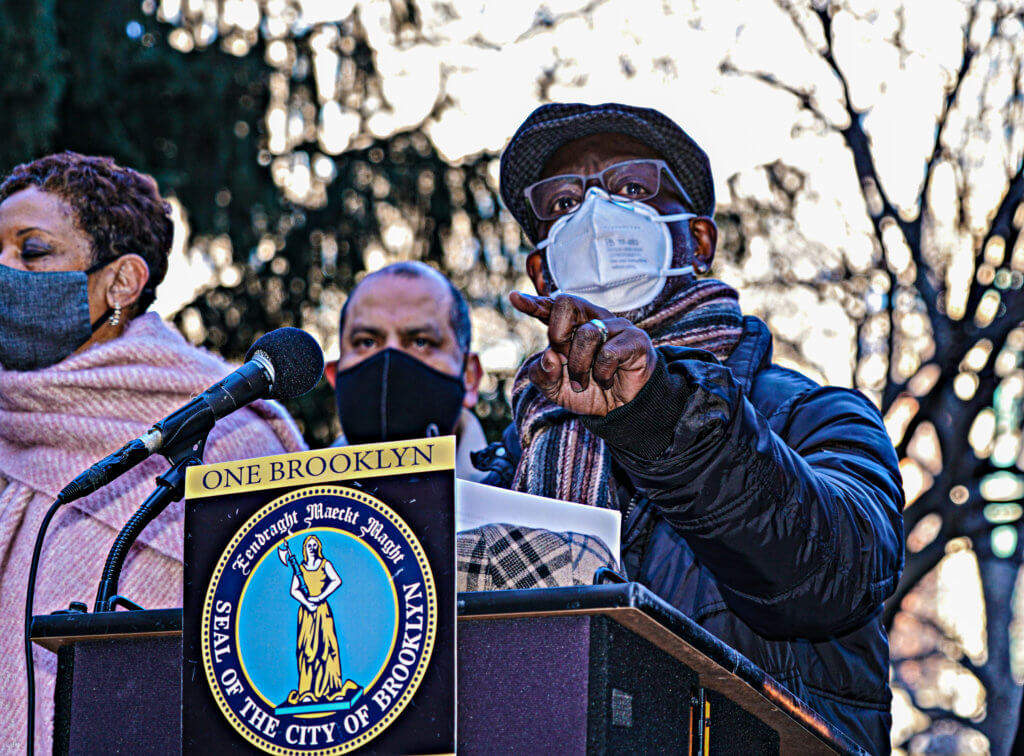
In response to this, both Adams and Miller sent a bi-partisan letter last week advocating for this resolution to the DOH and DOHMH commissioners. In the notice, they are calling for the vaccination dispersal to be given to high-risk industries such as home care, food delivery, supermarket employees, transit workers. In addition to individuals who have underlying health conditions, living in high impacted zip codes, and those over the age of 75.
Coinciding with this eligibility, Adams and other officials are pushing for a transparent three-tier color coded system that helps to define those who need to receive the vaccine most. Upon the authorization of these standards, it is then requested that New Yorkers be able to simply call a hotline to set up an appointment to be inoculated (during this call they are told what documents to bring to prove eligibility). To further help immigrants and those living in at-risk communities, the letter states that the city and state must work with advocacy groups to help these individuals prove their eligibility to receive the vaccination.
Also joining the conference were Council Member Ydanis Rodriguez and Council Member Adrienne Adams, who also signed the letter to DOH and DOHMH.
